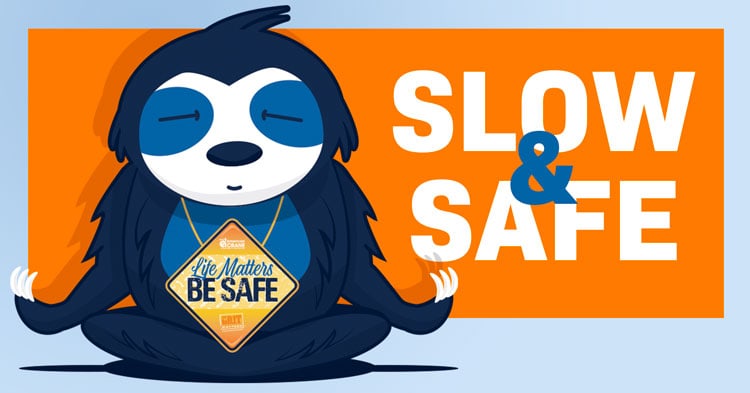
by Michele Kienle | Jun 19, 2024 | Industry News, News and Events Post
Facing problems in the workplace is inevitable, and they can be frustrating for everyone involved. However, the way you handle these problems can be the difference between an argument and a teachable lesson. Blameless problem solving is a powerful technique that...

by Michele Kienle | Nov 16, 2023 | Industry News
Workplace safety is a paramount concern for any company and here at American Crane & Equipment Corporation (ACECO)… we’re grabbing everyone’s attention in a unique way. Meet the Safety Sloth, our charming safety ambassador, who reminds us to take it slow, whether...
by Michele Kienle | Apr 20, 2016 | News and Events Post, Overhead Equipment, Preventing Warehouse Accidents, Preventing Workplace Emergencies
Over the past 50 years, the Occupational Safety and Health Administration’s (OSHA) specifications for crane safety have remained relatively unchanged. To begin enhancing the training and safety opportunities in the overhead lifting industry, OSHA has recently renewed...




